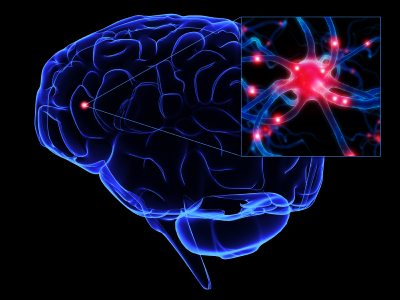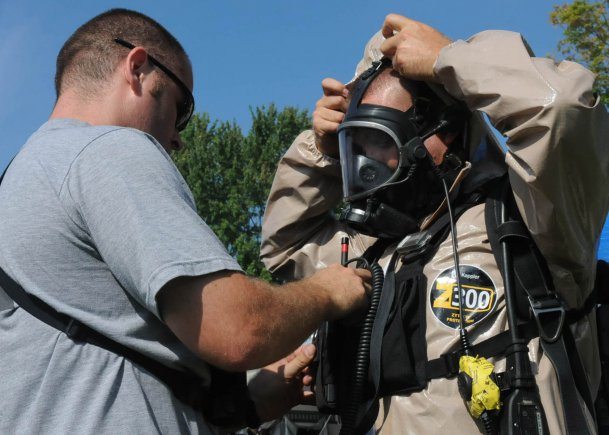Experts from the Department of Defense and the Department of Veterans Affairs gathered Aug. 14 at the Military Health System Research Symposium to discuss the future of research on mental health and traumatic brain injury.
Discussions turned toward the National Research Action Plan, or NRAP, which is the result of an executive order signed a year ago by President Barack Obama, to improve access to mental health services for veterans, service members, and military families.
The plan directs DOD and the VA to work with the U.S. Department of Health and Human Services and the U.S. Department of Education to share resources and complete certain goals. One such goal to complete within the next year is the DOD, Center for Disease Control – Brain Trauma Foundation mild traumatic brain injury, or TBI/concussion classification project to clarify what is known and unknown about mild TBI and the critical gaps that need to be addressed.
“The National Research Action Plan creates a common roadmap for medical leadership to follow as we move forward to work on incredibly complex issues,” said Col. Douglas Hack, Combat Casualty Care Research program director at the U.S. Army Medical Research and Materiel Command, headquartered at Fort Detrick, Md.
“The National Research Action Plan demonstrates a dedication across multiple agencies to close critical research and care gaps, both in the military and civilian sector,” said Health Affairs Director of Medical Research Dr. Terry Rauch.
Since Sept. 11, 2001, more than 2.5 million service members have deployed to Iraq and Afghanistan in Operation Enduring Freedom, Operation Iraqi Freedom, and Operation New Dawn. The Armed Forces Health Surveillance Center data indicates there have been more than 250,000 cases of TBI in the military, between 2000 and 2012. However, more than 80 percent of these cases were the result of non-combat injuries.
“Clearly, we are not going to stop seeing traumatic brain injuries, even in times of no war,” Hack said.
The NRAP also addresses frequently co-occurring conditions, such as depression, substance abuse related to alcohol, tobacco, and other drugs, including the misuse and abuse of prescription drugs, and chronic pain, each of which can complicate the prevention and treatment of post-traumatic stress disorder, know as PTSD, TBI, and suicidal behaviors.
“The interrelationships between TBI, PTSD, and suicidality are complex, to say the least,” said Dr. Robert Ursano, director of the Uniformed Services University School of Medicine’s Center for the Study of Traumatic Stress.
“In fact, I think it was this war that highlighted these areas in relation to each other, as an opportunity for further investigation for research and treatment,” Ursano added.
Announced within the NRAP is also the creation of two joint research consortia, including the Consortium to Alleviate PTSD and the Chronic Effects of Neurotrauma Consortium. The two consortia will be established within the next six months and are within the first phase of the NRAP.
The Consortium to Alleviate PTSD is a collaborative effort between the University of Texas Health Science Center-San Antonio, San Antonio Military Medical Center and the Boston VA Medical Center, with the goal of developing the most effective diagnostic, prognostic, novel treatment, and rehabilitative strategies to treat acute PTSD and prevent chronic PTSD.
The Chronic Effects of Neurotrauma Consortium is a collaborative effort between Virginia Commonwealth University, the Uniformed Services University of the Health Sciences, and the Richmond VA Medical Center with the goal of examining the factors which influence the chronic effects of mild TBI and common comorbidities in order to improve diagnostic and treatment options.
A key point will be to further the understanding of the relationship between mild TBI and neurodegenerative disease.
“Mild traumatic brain injury is an area we need to continue to focus on, in terms of rapid evaluation, treatment and patient management,” said Katherine Helmick, deputy director of the Defense and Veterans Brain Injury Center. Most service members with TBI, she said, have a mild injury or concussion.
“With a mild TBI, most service members can have a full recovery,” she said.
In its first 12 months, the NRAP will focus on developing a more precise system to diagnose TBI and standardizing data on TBI and PTSD. Longer-term goals include confirming biomarkers for PTSD and TBI, identifying changes in brain circuitry after successful treatment, and exploring genetic risk factors.
“The plan lays out the next five years, but this is really a lifelong commitment,” said Dr. Timothy O’Leary, acting chief officer of the Veterans Affairs Office of Research and Development. “That is the promise we make to our warfighters.”











